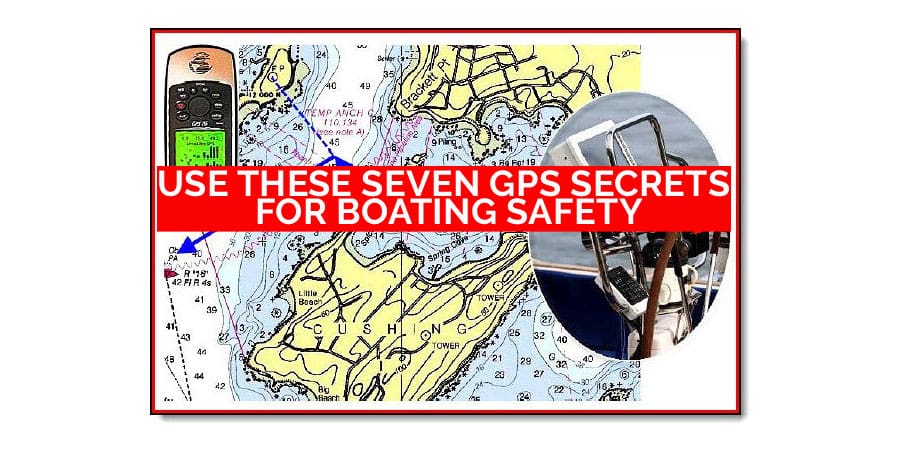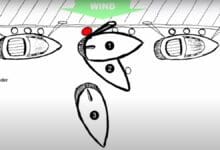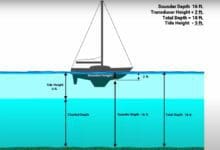
Another great article written by our friend Captain John… to discover if you really know everything about your GPS… and the GPS secrets!
Use these seven sailing tips to make your sailing navigation always easier and more efficient. Combine the tradition of chart navigation with today’s high-tech GPS to give you the edge in sailing safety–wherever in the world you choose to sail or cruise.
1. Approach a Waypoint.
Most GPS receivers beep when you get within half a nautical mile or so of a pre-determined waypoint. Pull up the “proximity” menu. This allows you to select any waypoint, increase the distance of the alarm, and toggle the alarm. Your proximity alarm has a distinct series of beeps to distinguish it from other alarms.
2. Turn Onto a New Course.
Do you have a critical turn up ahead? Will it require heading up, falling off, tacking, or jibing? Set the alarm to trigger well ahead of time. Now you can prepare to trim your sails for the new course. And, you’ll have extra time to take over the steering from the auto-pilot or wind-vane.
3. Sail Onto Soundings.
When will you cross the 100-fathom curve? For centuries, this has marked the nautical boundary between offshore waters and coastal waters. Even if your depth sounder won’t sound that deep, check the navigation chart and set a waypoint at this point to trigger an alarm.
4. Cross Over a Contour Curve.
Squiggly lines or enclosed circles on the chart show a number somewhere in the break of the line or circle. Check the navigational chart to see whether this denotes fathoms, feet, or meters. Program the alarm to sound when you cross specific contour curves as a backup to your electronic navigation.




